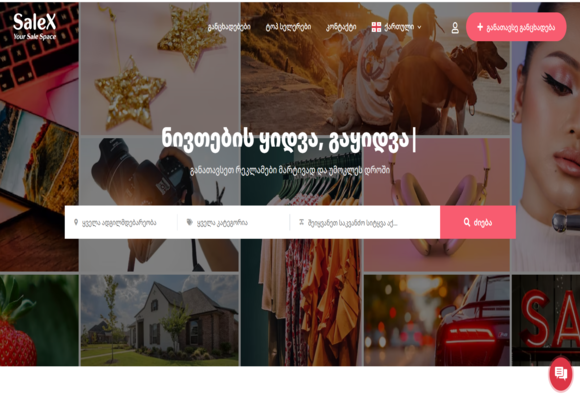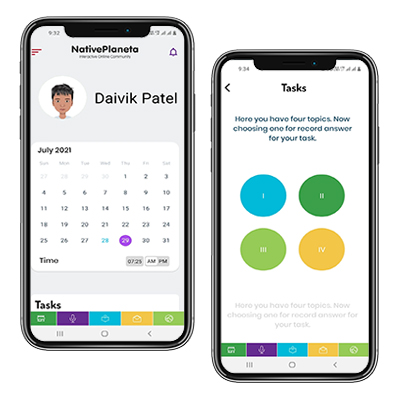
- Alex S.
- 13,May 2019
- Mobile
Ask Customers the Right Questions
Whether you’re sending out an email survey, gathering feedback in-app or conducting an interview, you’re going to be asking questions. But are they the right ones?Preparing your questions might seem like a simple practice, but it can be deceptively complex. Decades of user research has shown that people can answer some questions more accurately than others.Here are examples of questions people are good at answering:
- Questions about their day-to-day problems
- Whether or not they like your product
- What part of your product’s user experience they find confusing
- How they currently complete specific tasks
Questions people can answer with less accuracy
- Predicting how they’ll behave in the future
- Whether or not they’ll pay for something in the future
- What they think the best solution to a problem is
Good Examples to Follow
The Churn Survey
It’s important to gather feedback throughout the customer journey — even if it’s at the end. customers are actually very good at articulating their problems, so when someone quits your product, it’s an ideal time to ask them why and uncover opportunities for improvement.When customers churn from Groove, the SaaS vendor sends them a plain text email that asks a simple question: “Why did you cancel?”After some testing, they got an even better result by asking “What made you cancel?” By switching the subject of the sentence to “what” rather than “you,” Groove inferred that the product was at fault, not the user.Either way, the company harvested loads of actionable feedback by asking the right question to depart customers.In most cases, people engaged with your product before they decided to cancel. This means the experience is relatively fresh in their mind when you survey them, and they won’t have to make any assumptions about why they did or didn’t do something.
The Behavioral Survey
Another important type of insight is understanding how your audience completes certain tasks. This can inform how you structure your UX design or let you know if you should be thinking about new features.The In-App or On-Page Survey
Sometimes you need to get specific. For that, there are a plethora of tools you can use to ask single question surveys about the user experience on a specific page or screen.By asking which qualities customers find most important, you’re gathering data about how they want to accomplish a task.Again, this is the type of question people are good at answering. Another option would be to ask “What is missing from this screen?” This prompts customers to let you know what they find confusing about particular steps in the user experience.The data you gather from these responses should enrich your understanding of how to align your product’s UX to your audience’s expectations.A Quick Note on Validation
Customer feedback is exceptionally important. Without input from people, the customer-centric design is simply impossible. Plus, the nuggets of wisdom you can glean from qualitative data often lead to more effective design solutions.However, it’s unwise to take qualitative data at face value. You still need to validate any new major design changes with quantitative data. This is particularly important when you’re trying to persuade stakeholders to make a design change or you’re working on a complex product, like an enterprise user experience. That will let you know whether you’ve actually struck gold with your user research.Note
If you are planning to have your own mobile application, website, custom web app or have any type of query or concern regarding its concept, technical know-how, the best way to get it done then don’t hesitate to contact us at and we will provide you a free of consultation.
Skype: alex_39799
Telegram : igexsolutions
WhatsApp : +91-635-393-7367
Web Portfolio
Mobile Portfolio
Categories
What good is an idea if it remains an idea? Let's put efforts together to give it a look of Website or Mobile Application.
Let’s Start a discussion









